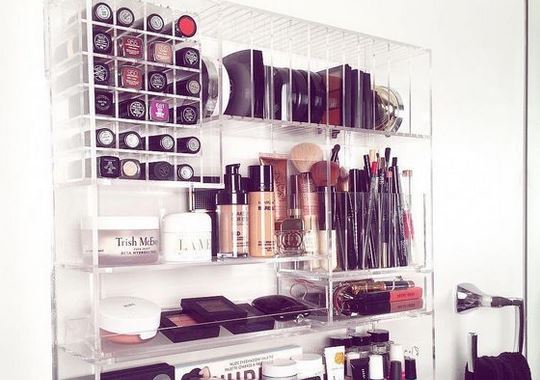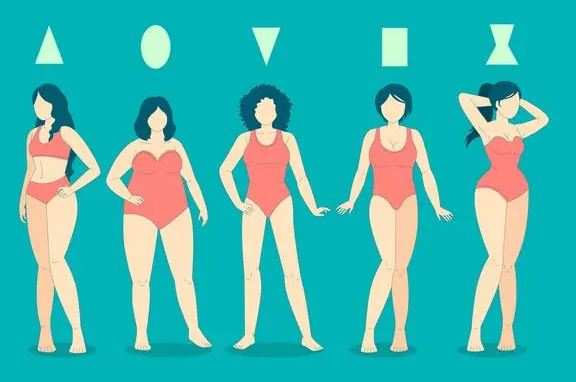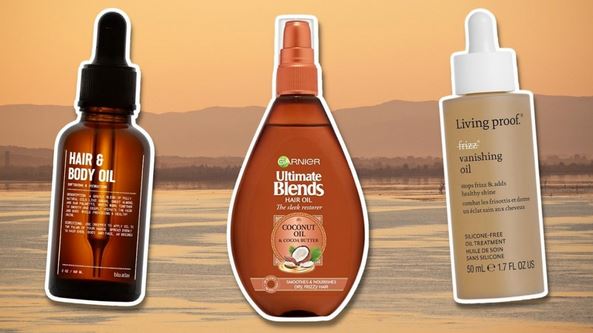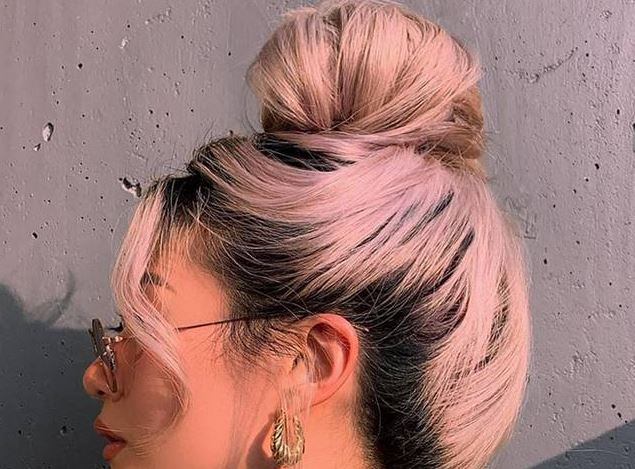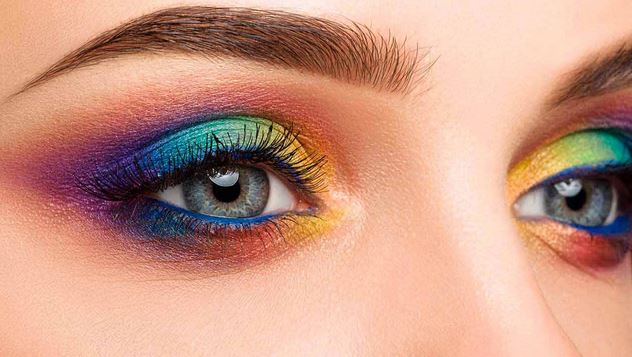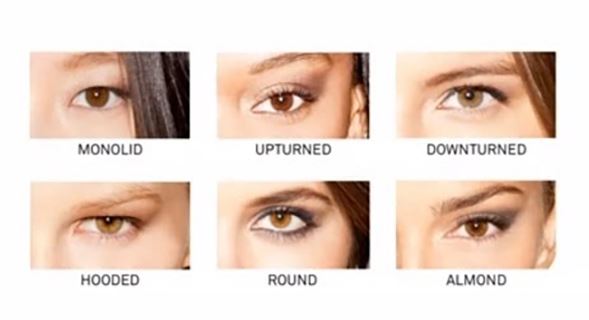Chemical treatments, such as coloring, perming, and relaxing, can transform your hair and help you achieve the desired look. However, these processes can also cause damage, leaving your hair dry, brittle, and prone to breakage. If your hair has been chemically damaged, it's essential to give it the care and attention it needs to repair and restore its health. In this article, we will explore the best hair treatments for repairing chemically damaged hair, providing you with effective solutions to bring your hair back to life.
Understanding Chemically Damaged Hair
-
Damage from Coloring: Hair coloring treatments often involve the use of harsh chemicals that can strip the hair of its natural moisture and proteins. This can result in dryness, dullness, and weakened hair structure.
-
Damage from Perming: Perming involves altering the hair's structure through the use of chemicals, which can weaken the hair and lead to dryness, breakage, and frizz.
-
Damage from Relaxing: Relaxing treatments use chemicals to straighten curly or textured hair. Improper application or over-processing can cause severe damage, resulting in dry, brittle hair that is prone to breakage.
Restoring Chemically Damaged Hair
-
Deep Conditioning Treatments: Deep conditioning is crucial for repairing chemically damaged hair. Look for deep conditioning masks or treatments that are specifically formulated to restore moisture, nourish the hair, and repair damaged strands. Apply the treatment to clean, damp hair, and leave it on for the recommended time to allow the ingredients to penetrate the hair shaft.
-
Protein Treatments: Protein treatments help to strengthen the hair and rebuild its structure. Look for protein-rich treatments that contain ingredients such as keratin or hydrolyzed wheat protein. These treatments can help repair damaged cuticles, reduce breakage, and restore the hair's elasticity and strength. Follow the instructions on the product for the best results.
-
Hot Oil Treatments: Hot oil treatments are an excellent way to replenish moisture and nourish chemically damaged hair. Choose natural oils like coconut oil, argan oil, or olive oil, which are known for their hydrating properties. Warm the oil and apply it generously to your hair, focusing on the ends. Cover your hair with a shower cap and leave the oil on for at least 30 minutes before rinsing.
-
Leave-In Conditioners: Leave-in conditioners provide ongoing hydration and protection for chemically damaged hair. Look for leave-in conditioners that are lightweight and formulated to repair and protect damaged strands. Apply a small amount to damp hair, focusing on the ends. Leave it in without rinsing to maintain moisture and improve manageability.
Professional Treatments for Intensive Repair
-
Keratin Treatments: Keratin treatments are salon procedures that infuse the hair with keratin, a protein that helps to strengthen and repair damaged hair. This treatment can help smooth frizz, reduce breakage, and restore shine. Consult with a professional stylist to determine if a keratin treatment is suitable for your hair type and condition.
-
Olaplex Treatments: Olaplex is a professional treatment designed to repair and rebuild broken bonds in the hair caused by chemical processes. It helps to restore the hair's strength, elasticity, and shine. Olaplex treatments can be done in-salon or at home, depending on the specific product and treatment recommended by your stylist.
-
Scalp Treatments: Chemically damaged hair often goes hand-in-hand with scalp issues. Treatments that address scalp health can promote a healthier environment for hair growth. Look for scalp treatments containing ingredients like tea tree oil or peppermint oil to soothe the scalp, reduce inflammation, and stimulate hair follicles.
Frequently Asked Questions
Q: Can I repair chemically damaged hair at home? A: Yes, you can repair chemically damaged hair at home using deep conditioning treatments, protein treatments, and hot oil treatments. However, for more intensive repair, it's advisable to seek professional salon treatments or consult with a stylist.
Q: How long does it take to repair chemically damaged hair? A: The time it takes to repair chemically damaged hair varies depending on the extent of the damage and the treatments used. Consistency is key, and it may take several weeks or months of regular treatments to see significant improvements in hair health.
Q: Can I color my hair while repairing chemically damaged hair? A: It's best to avoid additional chemical treatments, such as coloring, while repairing chemically damaged hair. Give your hair time to recover and restore its health before undergoing any further chemical processes.
Q: Can I use home remedies to repair chemically damaged hair? A: Some home remedies, such as coconut oil or avocado masks, can provide temporary moisture and nourishment to chemically damaged hair. However, professional treatments and products specifically formulated for damaged hair often yield more significant and long-lasting results.
Q: How can I prevent further damage to my hair? A: To prevent further damage, avoid excessive heat styling, limit the use of chemical treatments, and protect your hair from environmental factors like sun exposure and pollution. Follow a gentle hair care routine, use heat protectant products, and embrace protective hairstyles to minimize damage.
Q: Should I consult a professional stylist for chemically damaged hair? A: If your hair is severely damaged or you're unsure about the best course of action, it's advisable to consult a professional stylist. They can assess the condition of your hair, recommend appropriate treatments, and provide personalized advice based on your specific needs.
Conclusion
Repairing chemically damaged hair requires a combination of targeted treatments, consistent care, and patience. By incorporating deep conditioning, protein treatments, and hot oil treatments into your routine, you can begin to restore moisture, strength, and shine to your hair. For more intensive repair, consider professional salon treatments like keratin or Olaplex. Remember to be gentle with your hair, avoid further damage, and give your hair time to recover. With dedication and the right approach, you can revive your chemically damaged hair and restore it to its healthy and beautiful state.
|


